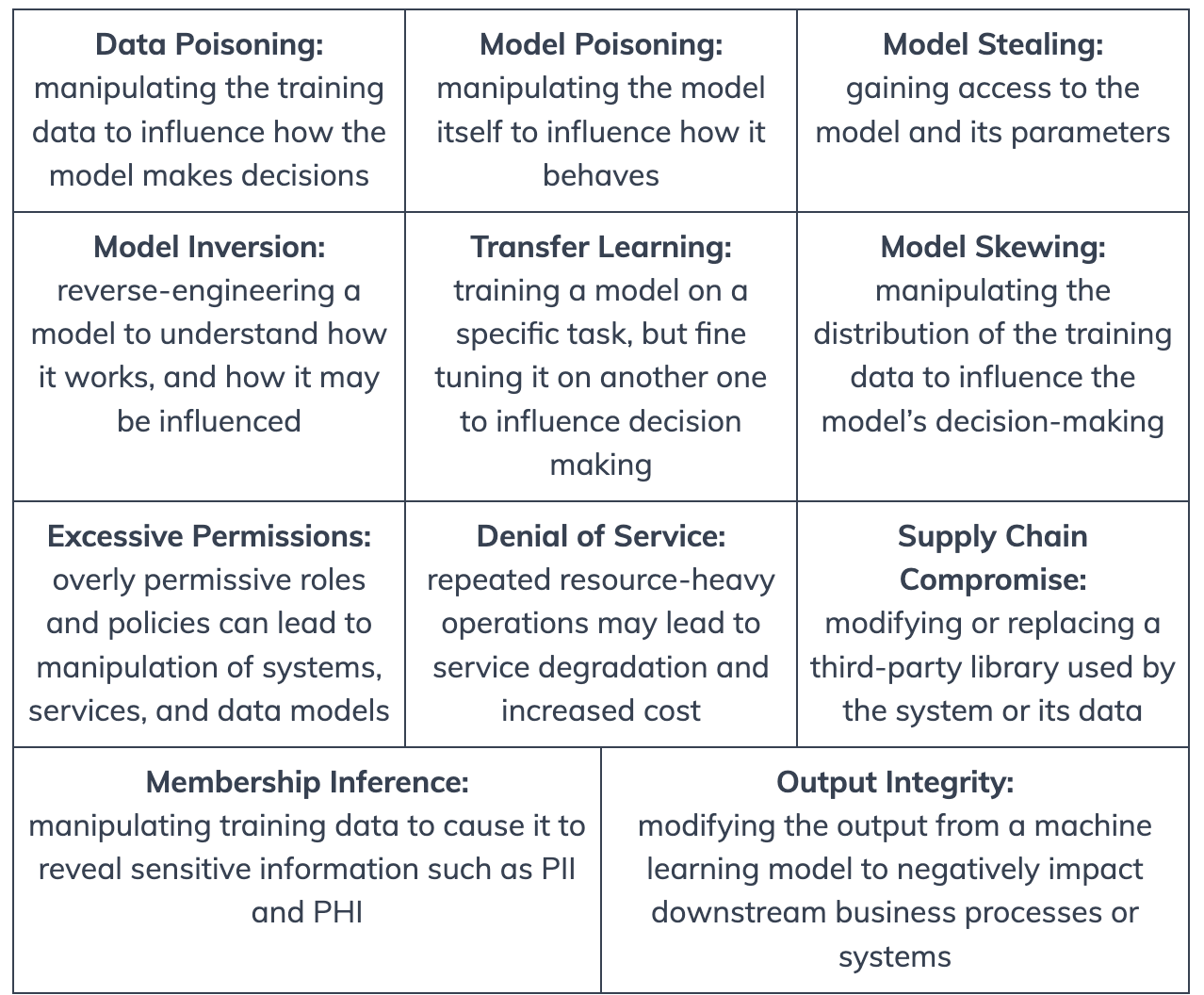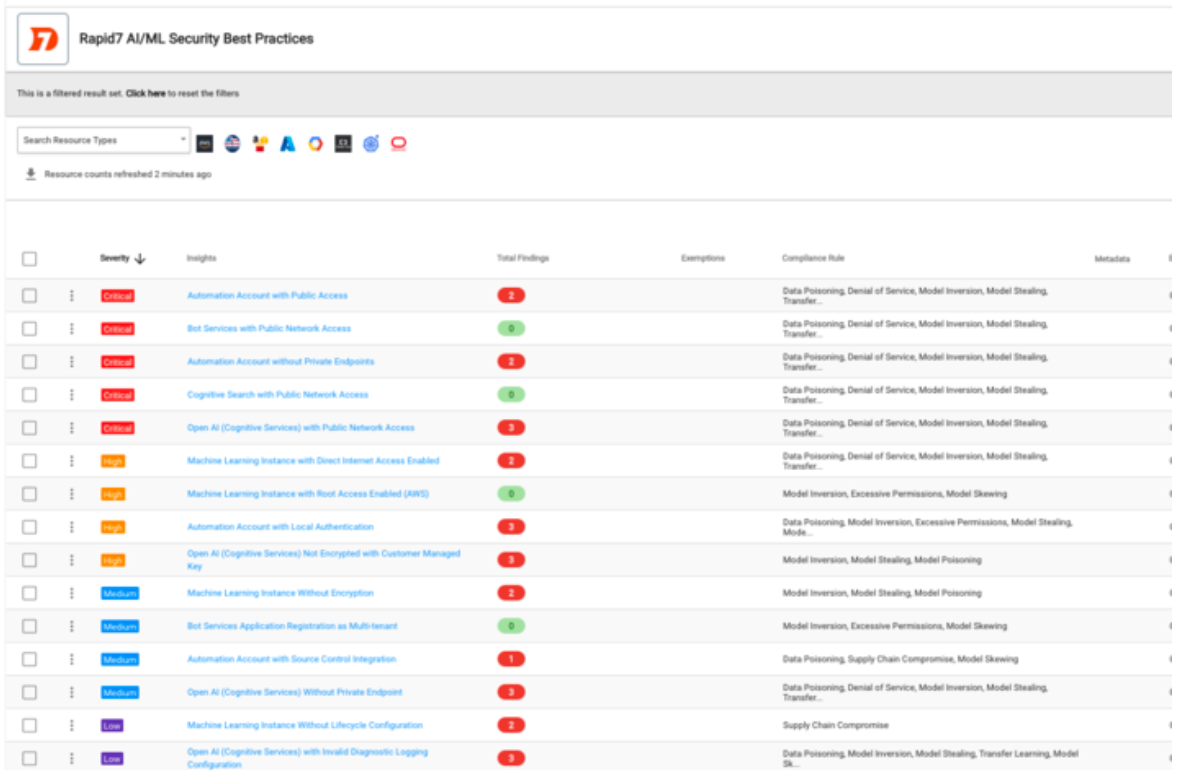In cybersecurity, the arms race between defenders and attackers never ends. New technologies and strategies are constantly being developed, and the struggle between security measures and hacking techniques persists. In this never ending battle, Carl Froggett, the CIO of cybersecurity vendor Deep Instinct, provides an insightful glimpse into the changing landscape of cyber threats and innovative ways to tackle them.
A changing cyber threat landscape
According to Froggett, the fundamental issue that many organizations are still grappling with is the basic hygiene of technology. Whether it’s visibility of inventory, patching, or maintaining the hygiene of the IT environment, many are still struggling.
But threats are growing beyond these fundamental concerns. Malware, ransomware, and the evolution of threat actors have all increased in complexity. The speed of attacks has changed the game, requiring much faster detection and response times.
Moreover, the emergence of generative AI technologies like WormGPT has introduced new threats such as sophisticated phishing campaigns utilizing deep fake audio and video, posing additional challenges for organizations and security professionals alike.
From Signatures to Machine Learning – The Failure of Traditional Methods
The security industry’s evolution has certainly been a fascinating one. From the reliance on signatures during the ’80s and ’90s to the adoption of machine learning only a few years ago, the journey has been marked by continuous adaptation and an endless cat and mouse game between defenders and attackers. Signature based endpoint security, for example, worked well when threats were fewer and well defined, but the Internet boom and the proliferation and sophistication of threats necessitated a much more sophisticated approach.
Traditional protection techniques, such as endpoint detection and response (EDR), are increasingly failing to keep pace with these evolving threats. Even machine learning-based technologies that replaced older signature-based detection techniques are falling behind. A significant challenge lies in finding security solutions that evolve as rapidly as the threats they are designed to combat.
Carl emphasized the overwhelming volume of alerts and false positives that EDR generates, revealing the weaknesses in machine learning, limited endpoint visibility, and the reactive nature of EDR that focuses on blocking post-execution rather than preventing pre-execution.
Machine learning provided a much-needed leap in security capabilities. By replacing static signature based detection with dynamic models that could be trained and improved over time, it offered a more agile response to the evolving threat landscape. It was further augmented with crowdsourcing and intelligent sharing, and analytics in the cloud, offering significant advancements in threat detection and response.
However, machine learning on its own isn’t good enough – as evidenced by the rising success of attacks. Protection levels would drop off significantly without continuous Internet connectivity, showing that machine learning based technologies are heavily dependent on threat intelligence sharing and real-time updates. That is why the detect-analyze-respond model, although better than signatures, is starting to crumble under the sheer volume and complexity of modern cyber threats.
Ransomware: A Growing Threat
A glaring example of this failing model can be seen in the dramatic increase of ransomware attacks. According to Zscaler, there was a 40% increase in global ransomware attacks last year, with half of those targeting U.S institutions. Machine learning’s inadequacy is now becoming visible, with 25 new ransomware families identified using more sophisticated and faster techniques. The reliance on machine learning alone has created a lag that’s unable to keep pace with the rapid development of threats.
“We must recognize that blocking attacks post-execution is no longer enough. We need to be ahead of the attackers, not trailing behind them. A prevention-first approach, grounded in deep learning, doesn’t just block threats; it stops them before they can even enter the environment.” added Carl.
The Deep Learning Revolution
The next evolutionary step, according to Froggett, is deep learning. Unlike machine learning, which discards a significant amount of available data and requires human intervention to assign weights to specific features, deep learning uses 100% of the available data. It learns like humans, allowing for prediction and recognition of malware variants, akin to how we as humans recognize different breeds of dogs as dogs, even if we have never seen the specific breed before.
Deep learning’s comprehensive approach takes into account all features of a threat, right down to its ‘DNA,’ as Froggett described it. This holistic understanding means that mutations or changes in the surface characteristics of a threat do not confound the model, allowing for a higher success rate in detection and prevention. Deep learning’s ability to learn and predict without needing constant updates sets it apart as the next big leap in cybersecurity.
Deep Instinct utilizes these deep learning techniques for cybersecurity. Unlike traditional crowd-sourcing methods, their model functions as if it’s encountering a threat for the first time. This leads to an approach where everything is treated as a zero-day event, rendering judgments without relying on external databases.
One interesting aspect of this deep learning approach is that it isn’t as computationally intensive as one might think. Deep Instinct’s patented model, which operates in isolation without using customer data, is unique in its ability to render verdicts swiftly and efficiently. In contrast to other machine learning-based solutions, Deep Instinct’s solution is more efficient, lowering latency and reducing CPU and disk IOPS. The all-contained agent makes their system quicker to return verdicts, emphasizing speed and efficiency.
Deep Instinct focuses on preventing breaches before they occur, changing the game from slow detection and response to proactive prevention.
“The beauty of our solution is that it doesn’t merely detect threats; it anticipates them,” Froggett noted during our interview. Here’s how:
- Utilizing Deep Learning: Leveraging deep learning algorithms, the product can discern patterns and anomalies far beyond traditional methods.
- Adaptive Protection: Customized to the unique profile of each organization, it offers adaptable protection that evolves with the threat landscape.
- Unprecedented Accuracy: By employing state-of-the-art deep learning algorithms, the solution ensures higher accuracy in threat detection, minimizing false positives.
Advice for Security Professionals: Navigating the Challenging Terrain
Froggett’s advice for security professionals is grounded in practical wisdom. He emphasizes the need for basic IT hygiene such as asset management, inventory patching, and threat analysis. Furthermore, the necessity of proactive red teaming, penetration testing, and regular evaluation of all defense layers cannot be overstated.
The CIO also acknowledges the challenge of the “shift left” phenomenon, where central control in organizations is declining due to rapid innovation and decentralization. The solution lies in balancing business strategies with adjusted risk postures and focusing on closing the increasing vulnerabilities.
Conclusion: A New Era of Prevention
The current trajectory of cybersecurity shows that reliance on machine learning and traditional techniques alone is not enough. With the exponential growth in malware and ransomware, coupled with the increased sophistication of attacks using generative AI, a new approach is needed. Deep learning represents that revolutionary step.
The future of cybersecurity lies in suspending what we think we know and embracing new and adaptive methodologies such as deep learning, leading into a new era of prevention-first security.
The post The Evolution of Security: From Signatures to Deep Learning appeared first on Cybersecurity Insiders.




